ICM 1/35 Flak 38 WWII German AA Gun # 35717
The Flak 38 was a widely used German anti-aircraft gun during World War II, known for its versatility and effectiveness in both anti-aircraft and ground combat roles.
It was an improved version of the earlier 2 cm FlaK 30 and became one of the primary light anti-aircraft weapons deployed by the German military throughout the conflict.
Key Features:
Design and Development:
The 2 cm Flak 38 was developed as a light 20mm anti-aircraft cannon by the Rheinmetall-Borsig company. It was introduced in 1940 as an upgrade to the Flak 30, which had a slower rate of fire and limited performance.
The key improvement in the Flak 38 was its increased rate of fire (up to 450 rounds per minute), making it more effective against fast-moving, low-flying aircraft.
The gun was mounted on a three-point towed carriage with folding arms for stabilization during firing, and it could be quickly deployed and repositioned as needed.
Armament and Ammunition:
The Flak 38 fired 20mm rounds from a 20-round magazine, using high-explosive shells designed to target aircraft. These shells were also effective against lightly armored vehicles and infantry, allowing the gun to serve in a dual-purpose role.
Its effective range against aircraft was around 2,200 meters (7,200 feet) vertically, and about 5,000 meters (16,400 feet) horizontally, depending on the ammunition used.
Mobility:
The gun could be towed by vehicles such as trucks or half-tracks, making it highly mobile. It was also often mounted on various vehicles, such as the Sd.Kfz. 10/4 half-track, to create self-propelled anti-aircraft platforms.
This mobility allowed it to be deployed across a wide range of theaters, from the deserts of North Africa to the Eastern Front’s vast plains.
Mounts and Configurations:
The Flak 38 was often used in its single-barrel configuration, but it could also be mounted in a quadruple setup known as the 2 cm Flakvierling 38, which combined four Flak 38 guns to dramatically increase its rate of fire. The Flakvierling was particularly effective in defending against swarms of low-flying aircraft, such as Allied ground-attack planes.
In ground roles, the gun was used in direct fire against light vehicles, infantry, and even fortifications, proving to be versatile in combat situations.
Operation:
The gun was crewed by a team of around five soldiers, including the gunner, loader, and spotters. It had a relatively simple operation with manual controls, making it easy to deploy under battlefield conditions.
The gun could be adjusted for elevation and traverse manually, allowing the operator to quickly engage both aircraft and ground targets.
Combat Use:
The Flak 38 was heavily deployed by the Luftwaffe (German Air Force) to defend against Allied air raids, as well as by the Wehrmacht in ground-based air defense roles.
It was used extensively on the Eastern Front, where it was deployed against Soviet aircraft and also saw significant use as a direct fire support weapon in urban and defensive battles.
Its effectiveness diminished in later years against heavily armored aircraft, but it remained a crucial part of German air defense efforts throughout the war.
Strengths and Weaknesses:
Strengths: The Flak 38 was prized for its high rate of fire, ease of deployment, and versatility in both anti-aircraft and ground combat roles. Its light weight and towable nature made it a mobile and flexible option for frontline units.
Weaknesses: By the later stages of the war, the 20mm shells were often too small to deal with the increasingly heavily armored Allied aircraft, such as bombers and ground attack planes. Its short range and lighter caliber made it less effective compared to larger anti-aircraft systems like the 88mm Flak.
Variants:
Several variants and modifications of the Flak 38 were created, including naval versions used by the Kriegsmarine (German Navy) to defend ships and coastal installations.
As mentioned earlier, the Flakvierling 38 quadruple mount became a very common sight, especially mounted on half-tracks and trucks for mobile air defense.
Conclusion:
The Flak 38 was one of the most widely used light anti-aircraft weapons of WWII, valued for its high rate of fire and adaptability in both anti-aircraft and ground combat roles.
While its effectiveness against modern aircraft diminished over time, it remained a crucial part of Germany’s air defense arsenal and was used extensively in many theaters of the war.
Its versatility, especially in the Flakvierling configuration, cemented its reputation as a valuable asset in both air defense and battlefield support.
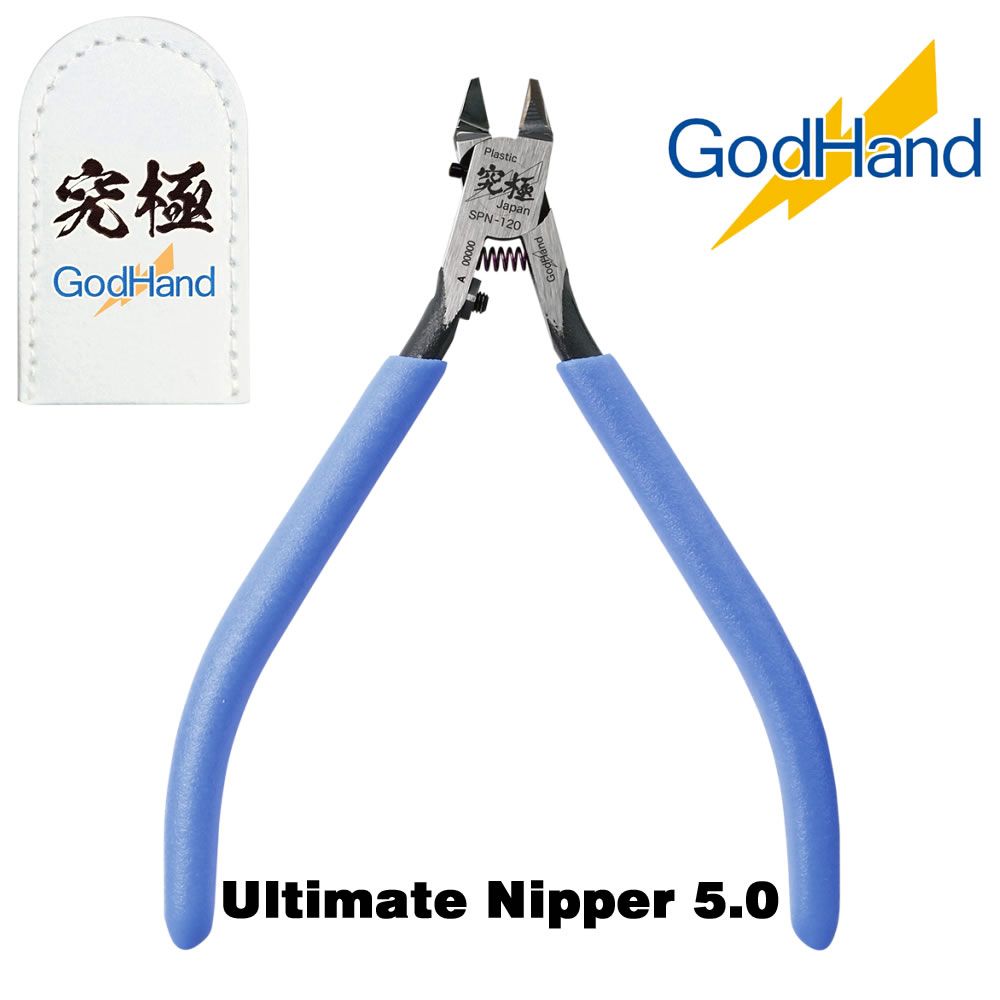






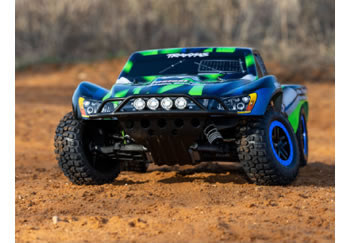
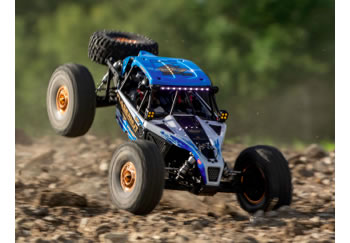
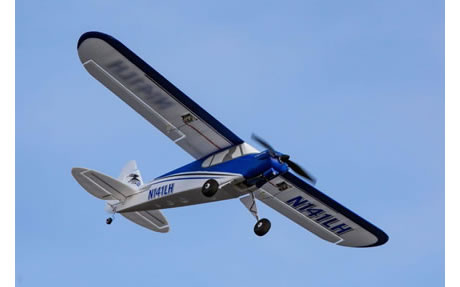
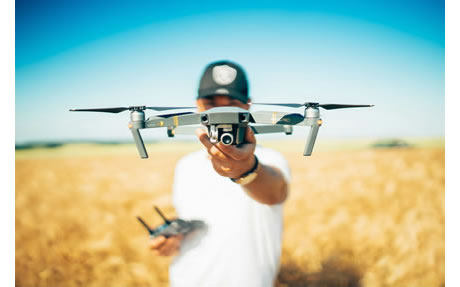
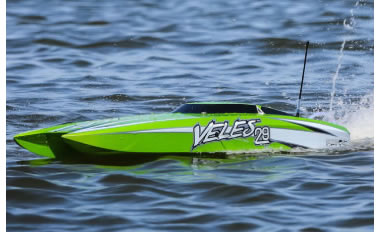
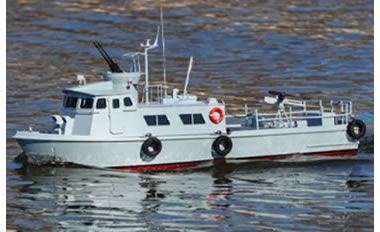
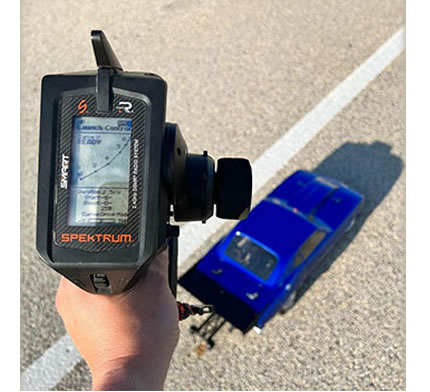
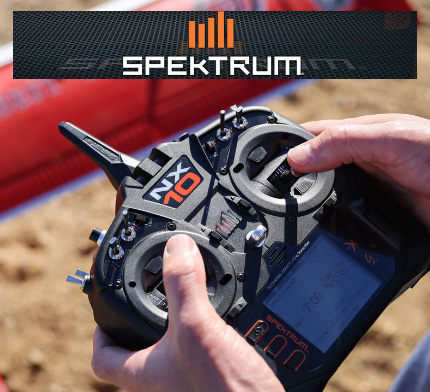
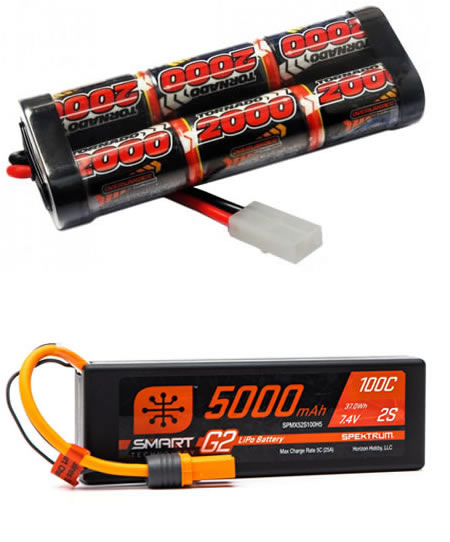
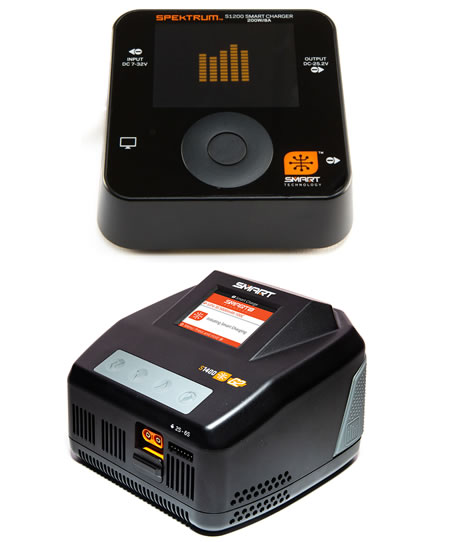

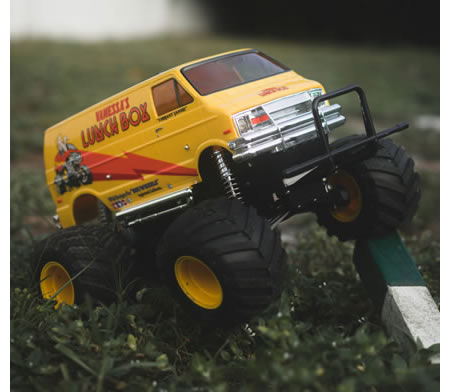


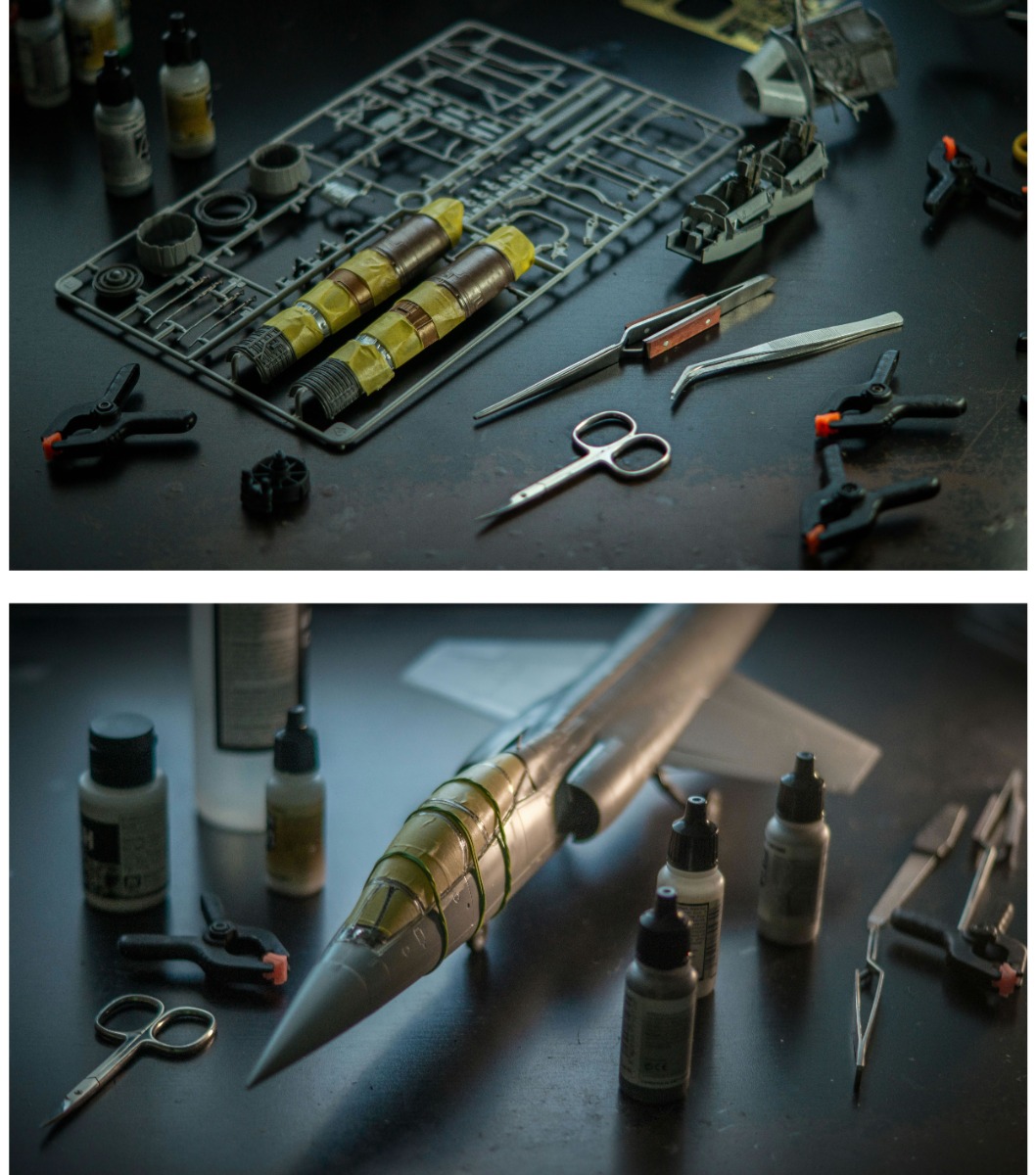
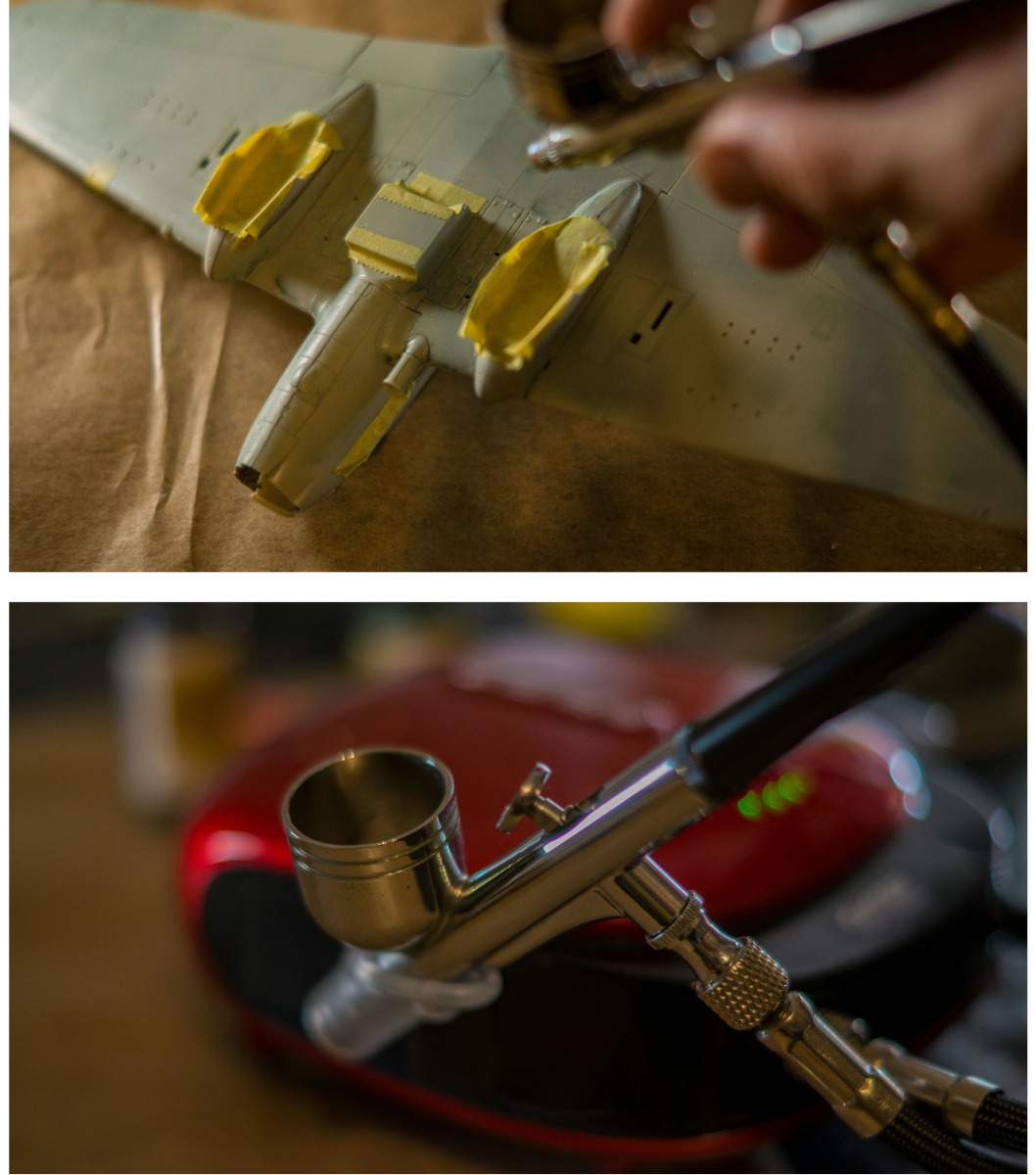
 Spread the cost with Paypal Credit
Spread the cost with Paypal Credit
 Spread the cost with Klarna
Spread the cost with Klarna





























